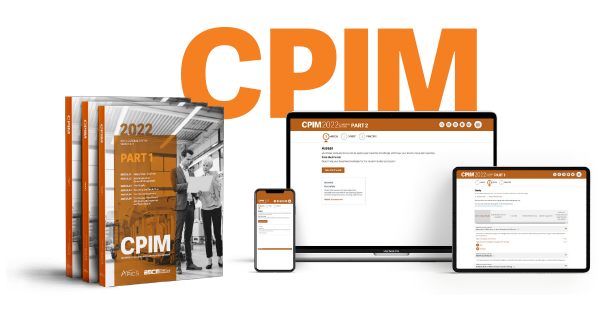Demand planning and supply planning are two separate processes, but it's essential for businesses to have a firm handle on both to be successful. Demand planning is what equips supply chain organizations with the tools to accurately project future demand (within a reasonable margin of error). By prioritizing both demand planning and supply planning, organizations can better manage their output to ensure customer needs are met.
In order to manage inventory and ensure that there is enough supply to meet the demand, supply chain organizations use demand planning to predict and forecast how their demand will look at specific intervals or based on certain events. This enables them to manage their operations in a way that will ultimately support their cash flow and allow them to make inventory decisions in advance. For example, if a company is counting on increased demand during the holiday season, decision-makers can increase inventory to ensure there is adequate stock to satisfy customers and eliminate the issue of either overstocking or understocking their inventories.

Demand planning is a crucial part of supply chain management because it enables organizations to achieve two significant outcomes: First, by anticipating demand and appropriately stocking inventories, it’s possible to provide customers with the best value for their money. Second, businesses can keep their supply costs lower. These outcomes, combined with the ability to gather data and identify customer purchasing patterns, means that supply chain organizations can recognize future trends and prepare in advance.

Both supply and demand planning have known best practices that help companies better manage their inventories. Three of the most common demand planning best practices include:
By paying attention to historical data, as well as current and upcoming events, business leaders can better plan for periods of increased or decreased demand and accommodate their inventories based on that data.

As markets evolve across the globe, the future of demand planning is also changing and adapting to meet new challenges and take advantage of new technologies. Incorporating artificial intelligence and machine learning will be necessary for keeping up with rapidly shifting markets, and using software to track and report on gathered data will help provide accurate results from which positive decisions can be made.

It's impossible to tell the future, but investing in technology and focusing on data will help companies stand out from the rest as we move forward. Obtaining an APICS Planning and Inventory Management Certification (CPIM) can help you join those who will stand out by giving you the tools to optimize and streamline your supply chain.
If you are not ready for a full Certification, get started with an ASCM Supply Chain Planning Certificate.
